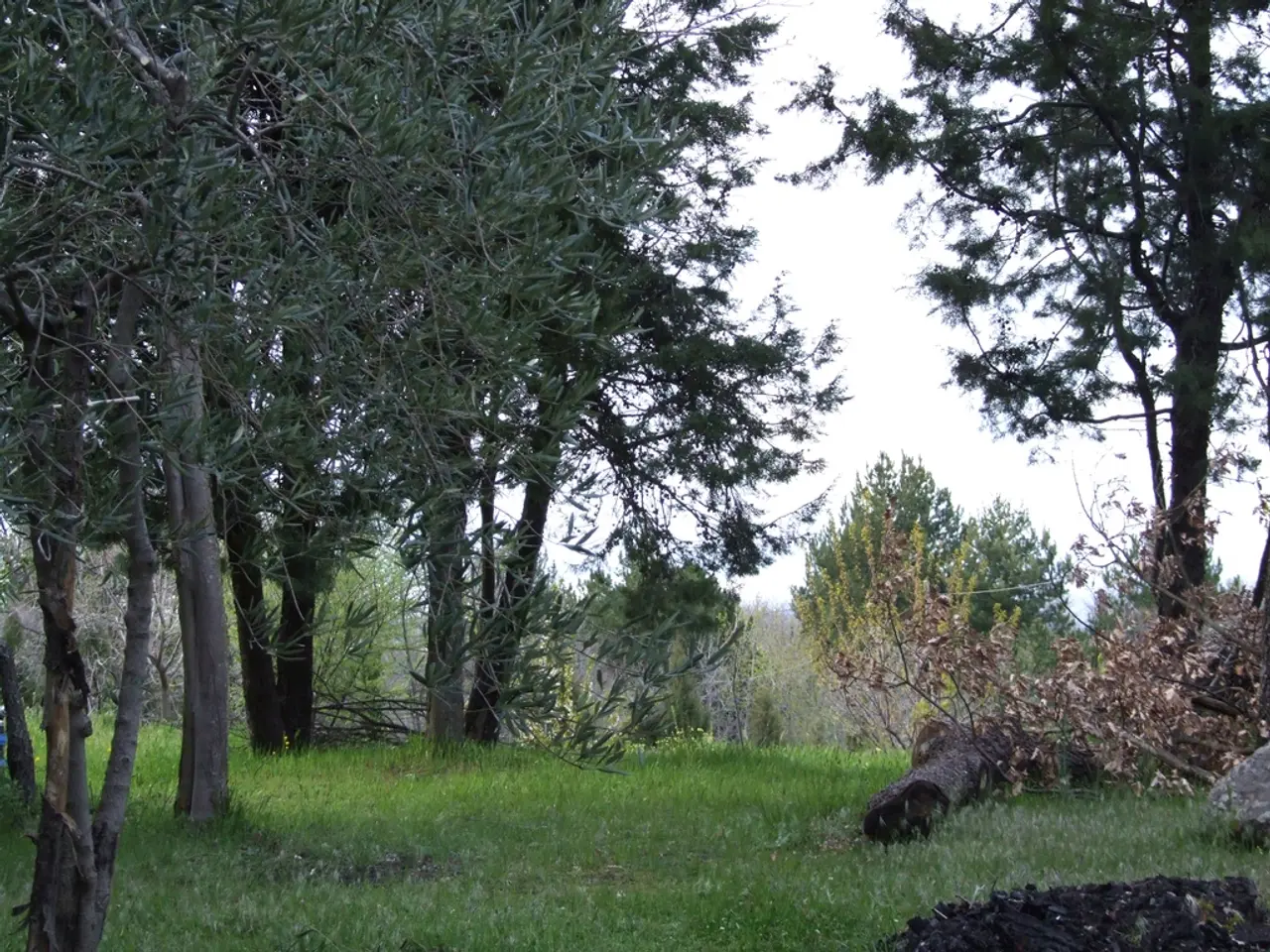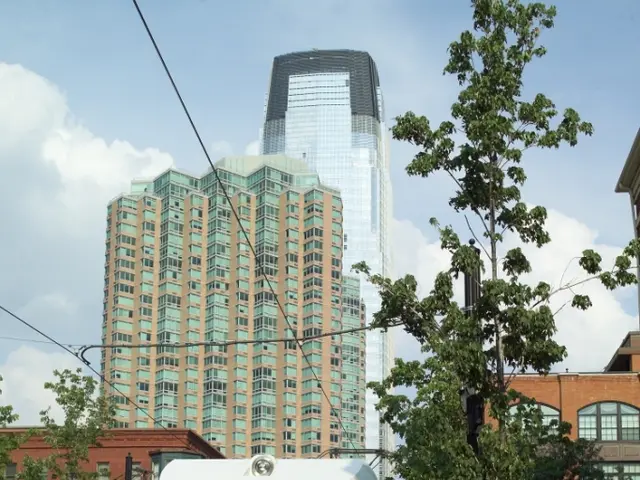Latvia Turns to Impact Forestry to Combat Climate Change Impact
Climate change is significantly impacting Latvia's forestry sector. Half of the country's harvested timber is becoming inaccessible due to heavy machinery struggling to navigate changing forest conditions. This has sparked interest in impact forestry, a sustainable and economically viable approach to forest management that can help mitigate climate change effects.
Traditional forestry methods are proving inadequate in Latvia's changing climate. Warm and wet winters, along with poor road conditions, are making it difficult for heavy machinery to access forests. This has led to a significant reduction in accessible timber, with half of the harvest now unreachable.
To tackle this, Latvia is turning to impact forestry. This method extends harvesting cycles and avoids clear-cutting, allowing forests to sequester and store carbon for up to 40 years. It also involves improving infrastructure and introducing digital monitoring systems to ensure efficient and sustainable logging in changing weather conditions.
Climate change is also requiring a rethink of tree species selection and management methods. Alternative species like beech are becoming more important as they can better withstand changing weather patterns. Longer growing seasons, a result of climate change, are leading to a more stable ecological environment, less soil erosion, and greater resilience to climate change.
Innovative forest management is crucial for maintaining Latvia's forestry sector's competitiveness and stability. Impact forestry allows forest owners to manage their lands more responsibly and generate additional income, reducing dependence on volatile timber market demand cycles.
Latvia's forestry sector is facing significant challenges due to climate change. However, the country is responding by embracing impact forestry, a sustainable and innovative approach that can help mitigate climate change effects and ensure the long-term viability of the sector. By extending harvesting cycles, avoiding clear-cutting, and embracing new tree species, Latvia's forests can continue to provide timber while also sequestering carbon and adapting to a changing climate.
Read also:
- chaos unveiled on Clowning Street: week 63's antics from 'Two-Tier Keir' and his chaotic Labour Circus
- Racing ahead in Renewable Energy Dominance: Changzhou, Jiangsu Pushes for Worldwide Renewable Energy Ascendancy
- Renault Group to Discuss Decarbonization and Circular Economy Strategies at ChangeNow 2023 Event
- Public remains oblivious to potential hazards at gas export facilities, due to confidentiality surrounding their operations








